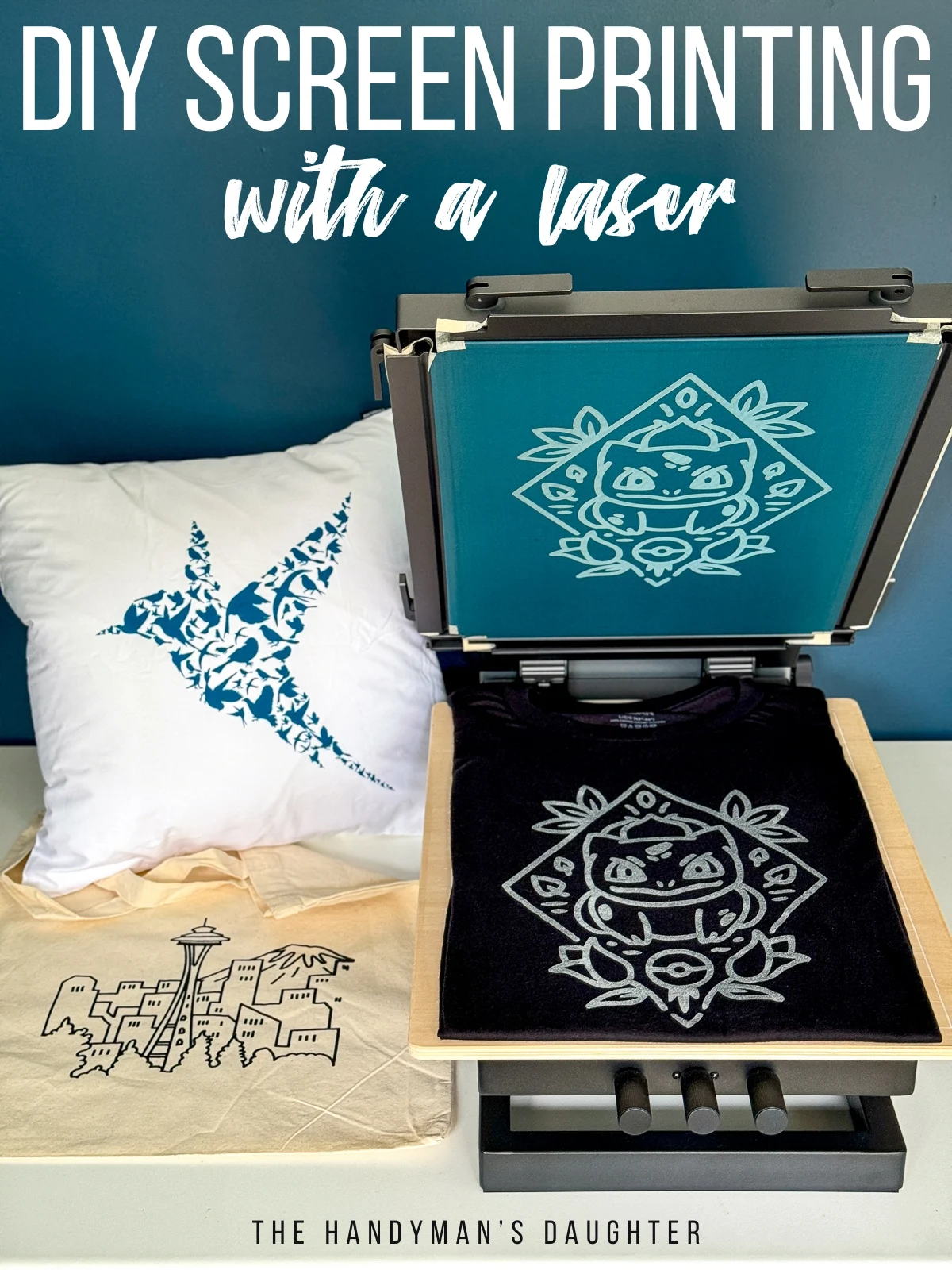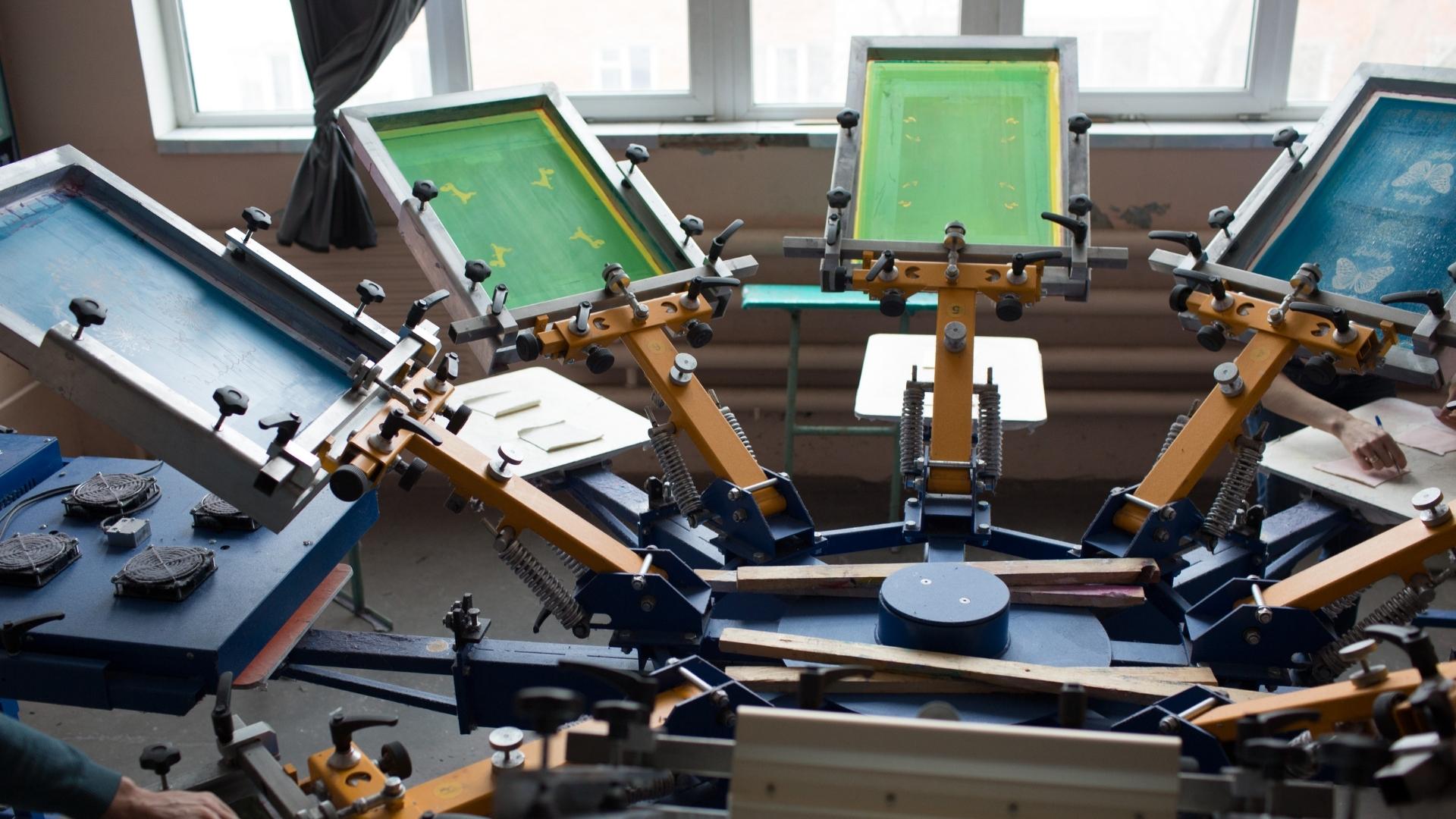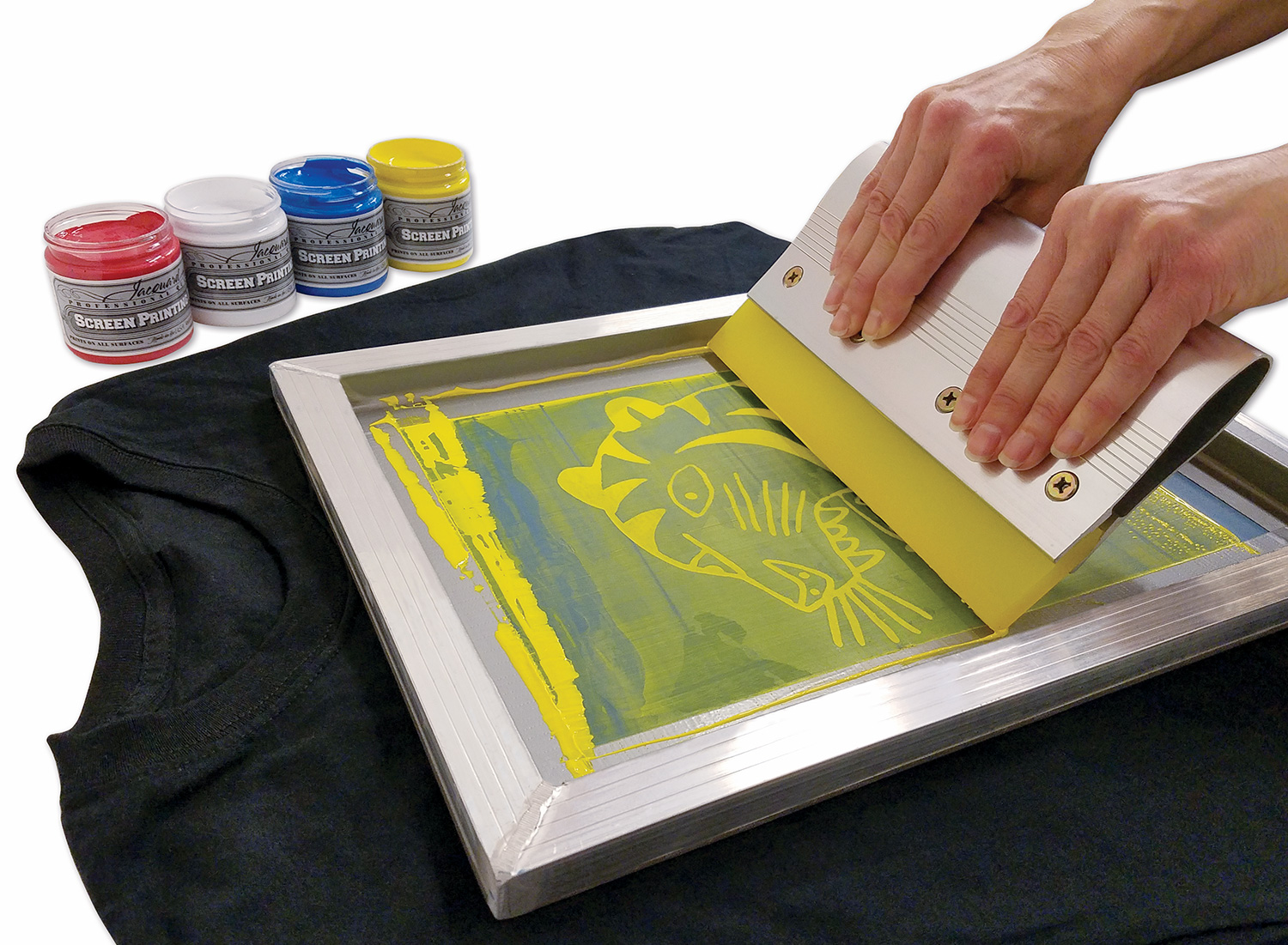The Important Guide to Recognizing Screen Printing and Its Versatile Makes use of
Screen printing has a rich background that dates back to old times, evolving right into an innovative technique used across numerous industries today. This overview discovers the complexities of the screen printing process, describing its applications in home, style, and advertising décor - 10:9 Design reviews. Understanding these principles can open up innovative potential for both creative and business jobs. The following areas will certainly expose crucial pointers and methods to enhance one's screen printing ventures
The Background of Screen Printing
Although screen printing has origins that map back centuries, its evolution shows the technical and imaginative developments of numerous societies. Coming from in old China, the method was originally made use of for decorating fabrics and later spread to Japan, where it became essential to Ukiyo-e woodblock printing. The approach changed to Europe in the 18th century, where it got appeal among craftsmens and industrial printers. The innovation of photo solution in the 20th century reinvented screen printing, permitting more complex designs and higher efficiency. Artists like Andy Warhol better thrust its appeal, using the tool to produce legendary works that blended commercialism and art. By the late 20th century, screen printing had established itself as a flexible strategy, used in vogue, advertising, and art. Today, it remains to evolve, integrating electronic innovation and expanding its applications throughout different industries.
The Screen Printing Refine Explained
Screen printing transforms creative visions into concrete styles via a series of specific actions. Initially, an image is produced and afterwards moved onto a screen, normally made of great mesh textile stretched over a framework. A light-sensitive solution is applied to the screen, which is subjected to light, hardening in areas not covered by the image. After cleaning out the unhardened emulsion, a pattern is created.
Next, the screen is positioned over the substrate, whether it be material, paper, or another product. Ink is after that pushed via the open areas of the pattern utilizing a squeegee, transferring the style onto the substratum listed below. This procedure can be repeated for several colors, calling for different displays for every tone. Finally, the printed product is treated making use of heat to ensure the ink sticks correctly, resulting in a durable, dynamic layout on-line.
Sorts Of Screen Printing Techniques

Furthermore, specialty strategies, such as discharge screen printing, eliminate dye from the fabric to develop softer prints, while foil screen printing uses metallic foil to attain a shiny coating (10:9 Design Screen Printing Texas). Each strategy provides distinctive features, satisfying numerous innovative requirements and production ranges, eventually increasing the opportunities within the screen printing domain name
Applications of Screen Printing in Different Industries

Additionally, the signs and advertising fields use screen printing for producing attractive screens and banners. This method permits bold shades and elaborate designs that capture focus. In electronic devices, screen printing is utilized for using conductive inks to motherboard, vital for component connections. In addition, the home décor market embraces screen printing to generate distinct layouts on fabrics and wall art. In general, screen printing functions as an important device across varied areas, boosting products with personalized and visually attractive graphics.
Tips for Successful Screen Printing Projects
While taking on a screen printing task, careful interest to detail can significantly boost the final end result. First, selecting top notch products is necessary; this consists of the screen, inks, and substratums. Utilizing ideal mesh counts can impact ink deposition and information resolution. Prep work is equally crucial; comprehensive cleansing of screens and correct exposure times assure crisp prints.
Next, accurate registration is vital for multi-color prints. Using placement devices can assist accomplish exact layering. Additionally, screening prints on scrap products before manufacturing helps determine potential problems without wasting resources.

Often Asked Concerns
What Products Are Finest for Screen Printing on Fabric?
Cotton and polyester blends are suitable for screen printing on material due to their toughness and ink absorption. Furthermore, specialized textiles like silk or canvas can produce unique textures and coatings, improving the total layout high quality.
How Do I Tidy and Maintain Screen Printing Equipment?
To cleanse and maintain screen printing devices, one must routinely clean screens with suitable solvents, evaluate squeegees for wear, oil relocating components, and store all items in a dry, dust-free environment to lengthen their life-span.
What Are the Environmental Impacts of Screen Printing?
Screen printing can have considerable environmental effects, consisting of chemical waste from solvents and inks, water use during cleansing processes, and power usage. Sustainable practices and environmentally friendly products are vital for lessening these negative results.
Can Screen Printing Be Done at Home Properly?
Screen printing can be site efficiently done at home with the right products and methods. Enthusiasts can produce high quality prints, though success relies on their skill degree, equipment, and understanding of the procedure entailed.
What Are the Prices Related To Beginning a Screen Printing Service?

Starting a screen printing service entails expenses for devices, materials, and work space. First costs normally vary visit their website from a few hundred to a number of thousand dollars, depending upon the range, top quality of equipment, and desired manufacturing capability.
Screen printing has an abundant history that dates back to old times, evolving into an innovative method used across numerous industries today. An additional method, rotating screen printing, employs round screens, promoting continual printing on fabric rolls, thereby improving effectiveness for large productions. Additionally, specialty methods, such as discharge screen printing, get rid of color from the material to develop softer prints, while aluminum foil screen printing uses metallic aluminum foil to accomplish a glossy coating. In the fashion field, screen printing is widely used to produce lively layouts on garments, making it possible for brands to showcase their special styles. Cotton and polyester blends are excellent for screen printing on textile due to their longevity and ink absorption.